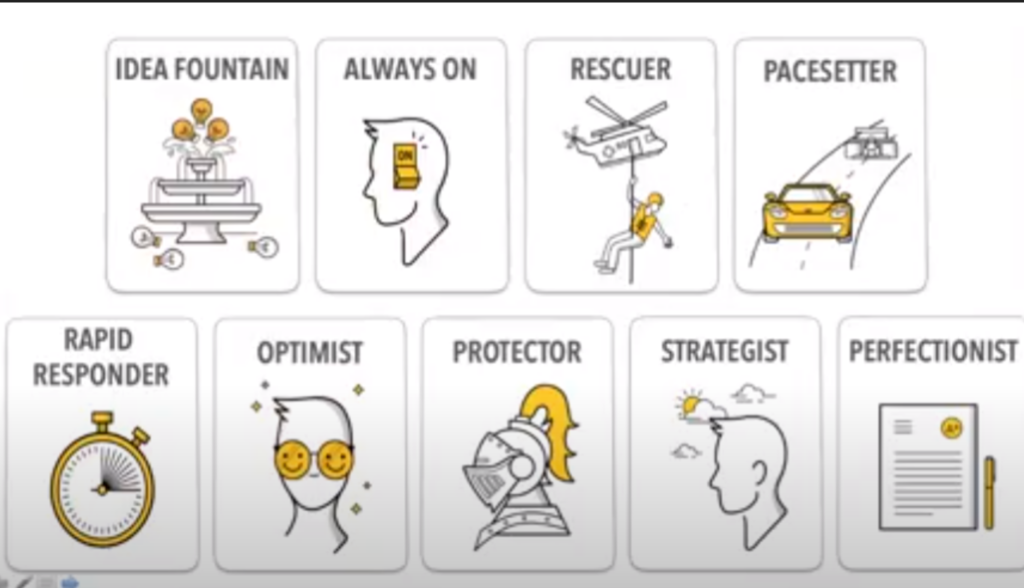
‘Multiplier’ Leaders Get the Most Out of Their Teams
The best leaders get the most out of their staffs, making them feel smarter and more capable in the process, according to Alyssa Gallagher, a leadership author and speaker.
In the current COVID-era, where all business models are being turned upside down in entertainment, the typical “heroic” leadership of “I know so I’m going to tell you what to do” is bankrupt. We need leaders who are great at asking questions and can disrupt themselves, create leadership in every team member and foster entrepreneurship in every employee.
“Multiplier” leadership is what leaders should strive for, Gallagher argued Oct. 7 at the SoCal Women’s Leadership Summit, presented by Women in Technology Hollywood (WiTH).
Multiplier leaders multiply the intelligence and other talents of their teams, in stark contrast to “diminishers,” who reduce the talents of their teams, she explained during the Summit’s Community track breakout session “How the Best Leaders Make Everyone Smarter.”
As leaders, “by changing just a few of our actions … we can actually leverage the intelligence of those around us,” she noted.
Multiplier leaders realize members of their teams are smart and will figure out what to do. They are talent magnets, liberators and challengers, who drive sound decisions through rigorous debate and instill ownership and accountability, getting people to use 95% of his or her intelligence, she said.
Diminishers, on the other hand, make you question your own intelligence, shut down the intelligence of others, feel their staffs won’t figure anything out without them and can be tyrannical know-it-alls who make all the decisions and are typically micromanagers, she said. And they get only about 48% of a person’s intelligence in the process, she added, noting diminishers often have the best of intentions and don’t realize the damage they are doing.
 There are, she said, nine types of diminishers who “squash” intelligence in different ways:
There are, she said, nine types of diminishers who “squash” intelligence in different ways:
“Idea Fountains,” who share ideas intending to spur more ideas. The problem is that, when they share the idea, “it has a very different impact on the team,” which is often left uncertain which ideas to implement. People will often just “shut down” in response to these bosses. These leaders often leave members of their teams thinking: “I don’t have time for your ideas today. I’m still processing your 10 ideas from yesterday.”
“Always On” leaders, who “tend to consume all of the space in the room” and are “exhausting to be around.” In response, staffs will often shut off what they’re saying and try to avoid them.
“Rescuers,” who try to solve all the problems and leave their staffs feeling “helpless” and “almost humiliated.”
“Pacesetters,” who always try to get out in front and show you how everything is supposed to be done.
“Rapid responders,” who always quickly respond to everything, leaving their teams waiting for somebody else to do the thinking or the work.
“Optimists,” who cheer on their teams but seem oblivious to the struggle needed to achieve a goal and leave their staffs feeling their bosses are “out of touch” with what their people are experiencing.
“Protectors,” who attempt to create a comfortable and safe place, but to such an extreme degree that nothing can grow and teams can’t learn.
“Strategists,” who only leave their teams with a narrow view because they are doing all the thinking.
“Perfectionists,” who, as the label suggests, leave people feeling that “nothing you do is ever good enough.”
Fortunately, Gallagher said, there are solutions for those people who think they may be one of these nine leader types and want to hang onto the positives of their strategies, but lose the negatives that go along with them:
Idea Fountains can find another person just like them to share their ideas with who won’t be offended.
Always On leaders can “just work on moderating your contributions” and “create space for other people to interject.”
Rescuers can still help people but first give them an opportunity to solve their own problems.
Pacesetters can slow down a little – just be sure to “stay within sight so people can catch you.”
Rapid Responders can “set a mandatory waiting period” and “give other people a chance to jump in and solve problems” — such as responding to emails before you do.
Optimists can still cheer people on. We need them now more than ever. But “make sure you signal the struggle – that you ground your optimism in empathy for the work that people are doing.”
Protectors can find opportunities where people can take on a challenge and learn to grow, even if there is some degree of risk.
Strategists can still create a compelling vision for the future but just invite other people into the process.
And perfectionists can still “provide feedback at the highest level” but “resist the urge to go for that perfect A-plus paper.”
Gallagher provided some more advice: Shift from giving answers to providing better questions (ones you don’t necessarily know the answers to) and be OK with an initial “awkward silence” to that; give others 51% of the vote; and give the pen back so that other members of the team are the ones who feel responsible for the work being done. “Even the best leaders have blind spots,” she pointed out.
If nothing else, Gallagher said she hoped viewers walked away from the session “thinking about unleashing genius” and “thinking about extinguishing those diminishing habits that we all have.”
